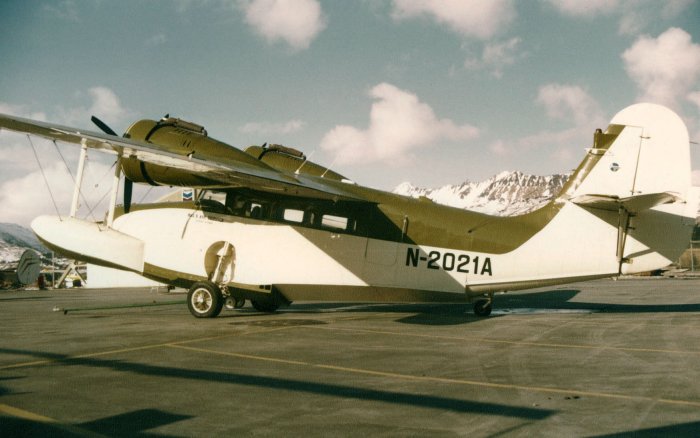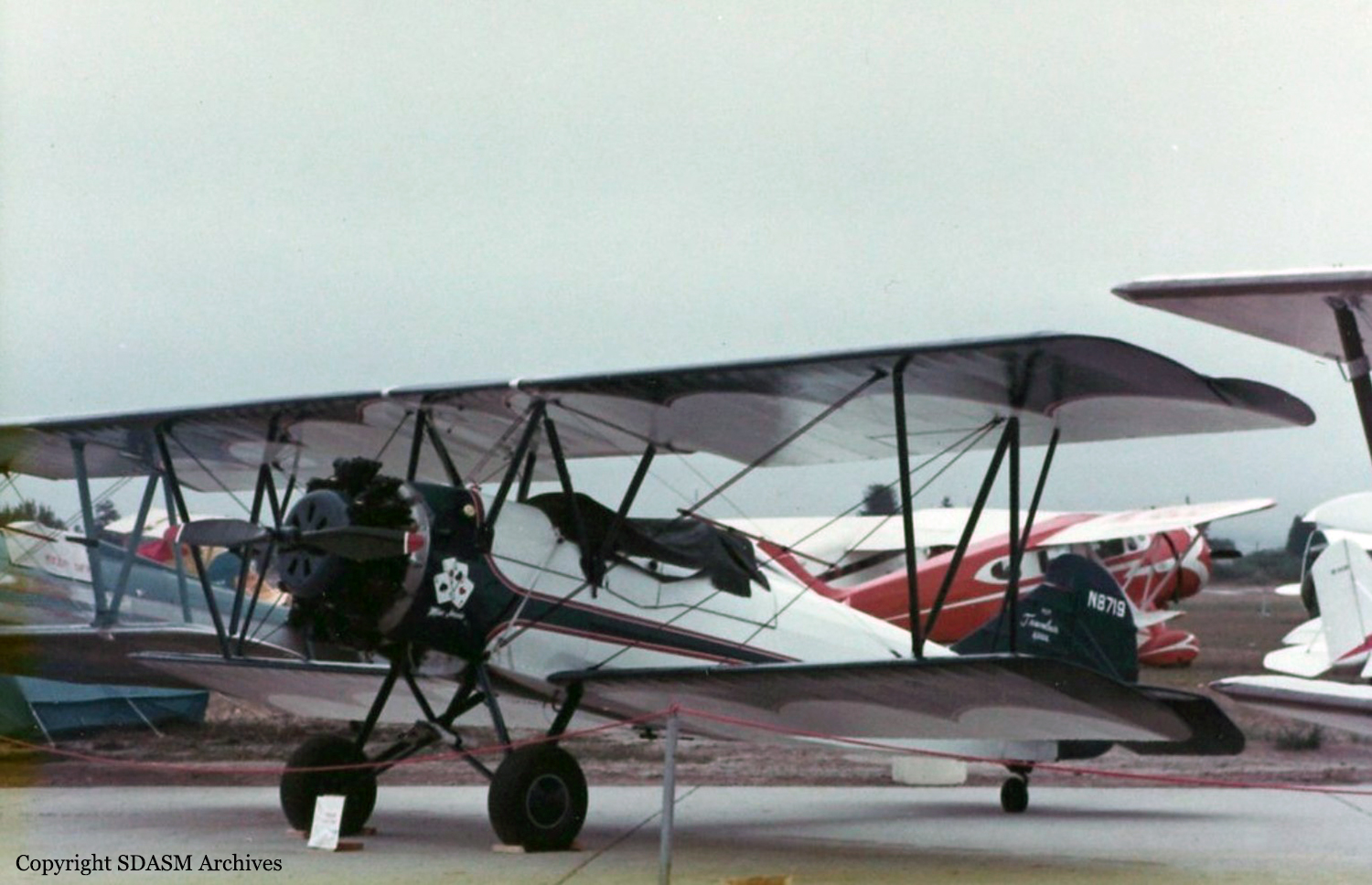Crash of a Cessna 401B near Anchorage: 5 killed
Date & Time:
Jul 25, 1984
Registration:
N7984Q
Survivors:
No
Schedule:
Anchorage - Cantwell
MSN:
401-0203
YOM:
1969
Crew on board:
1
Crew fatalities:
Pax on board:
4
Pax fatalities:
Other fatalities:
Total fatalities:
5
Captain / Total hours on type:
310.00
Circumstances:
At 0630 akdt the pilot obtained a weather briefing for the flight which forecast VFR with occasional marginal conditions along the route of flight. At 0704, the pilot obtained an updated briefing at which time the destination of Cantwell was reported IFR. At 0731 akdt, the aircraft departed Anchorage International on a company VFR flight. No further communication took place with the aircraft. The aircraft did not reach Cantwell. An extensive search revealed no trace of the aircraft or its occupants.
Probable cause:
Occurrence #1: missing aircraft
Phase of operation: unknown
Findings
1. (c) reason for occurrence undetermined
Phase of operation: unknown
Findings
1. (c) reason for occurrence undetermined
Final Report:




